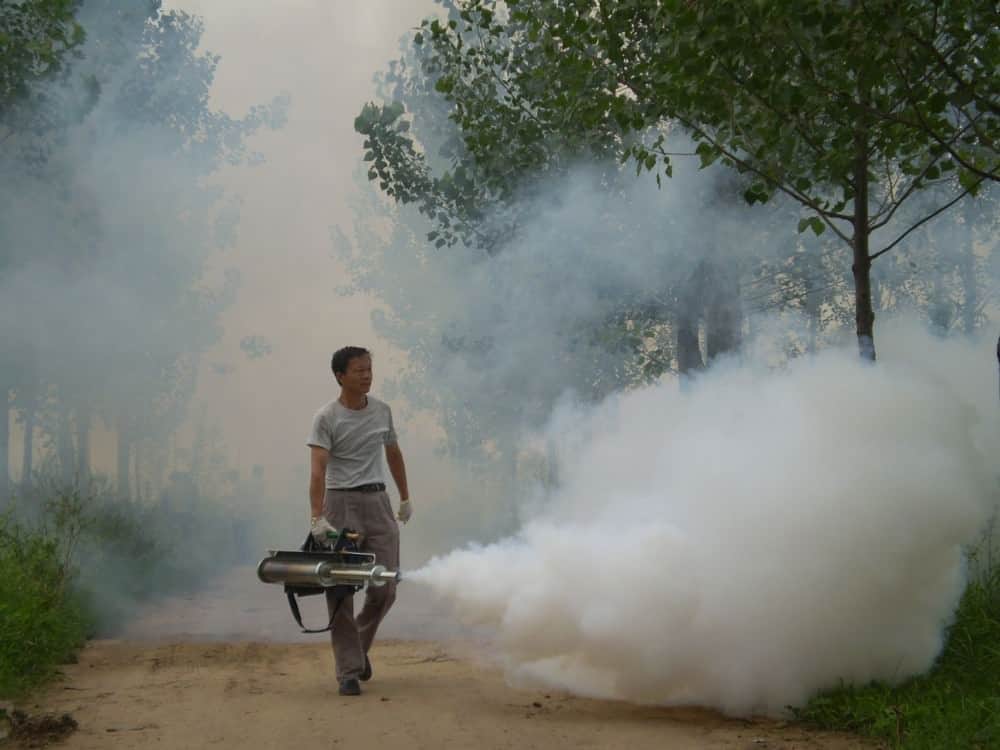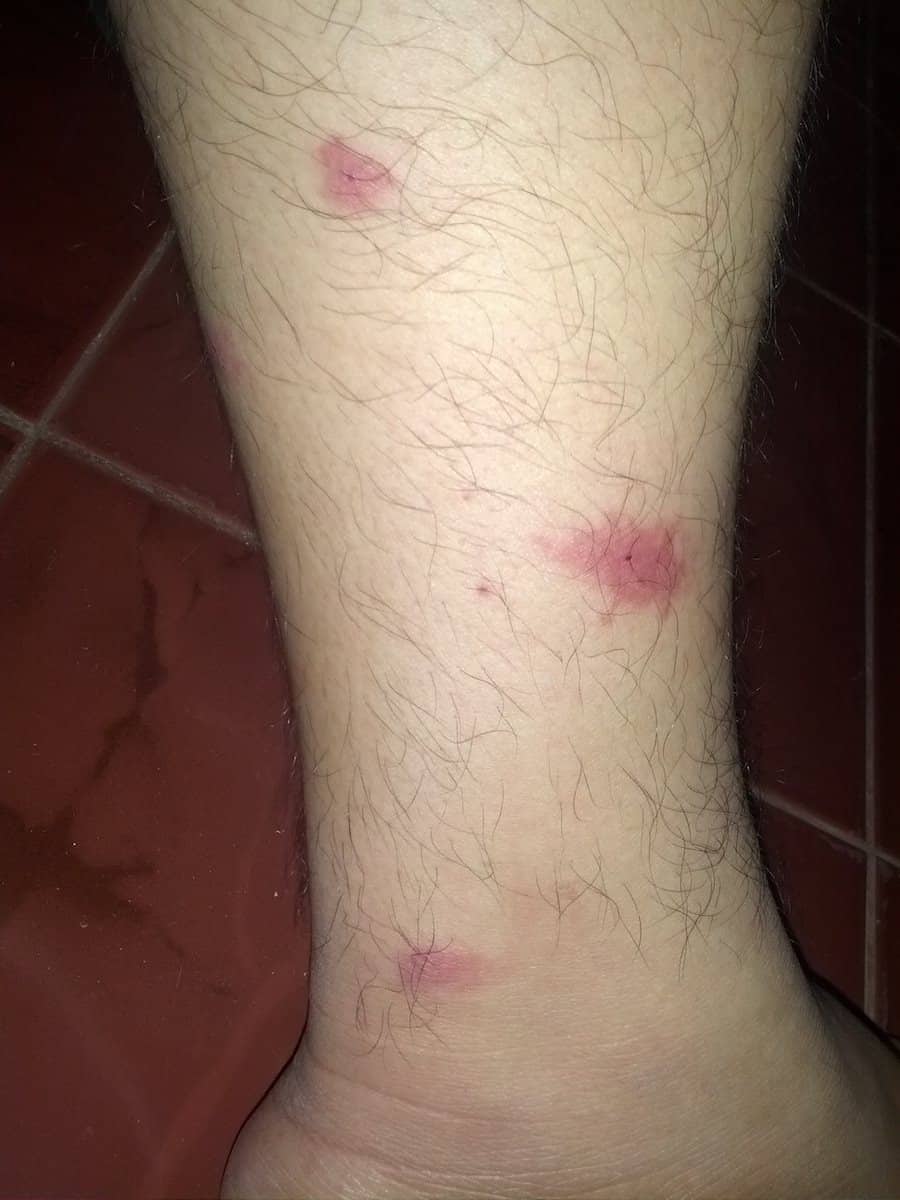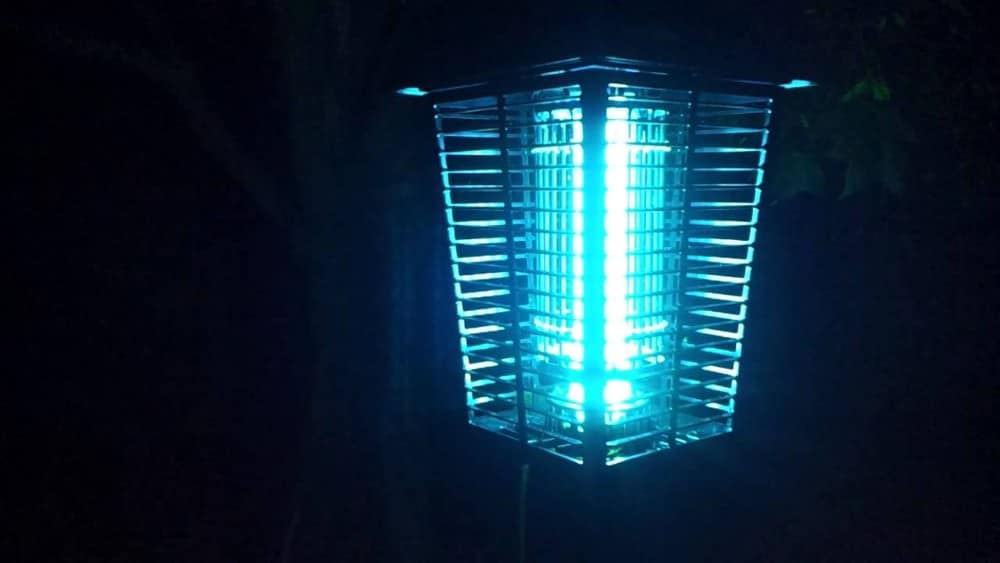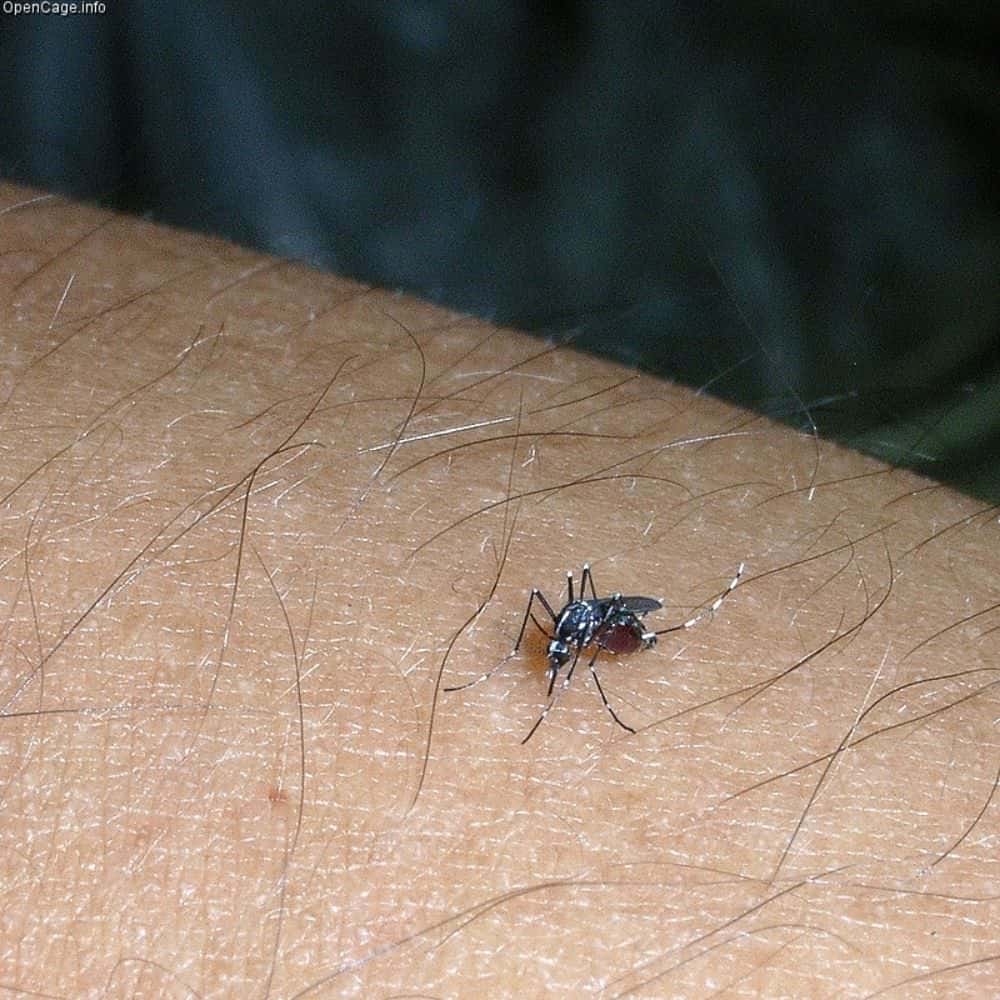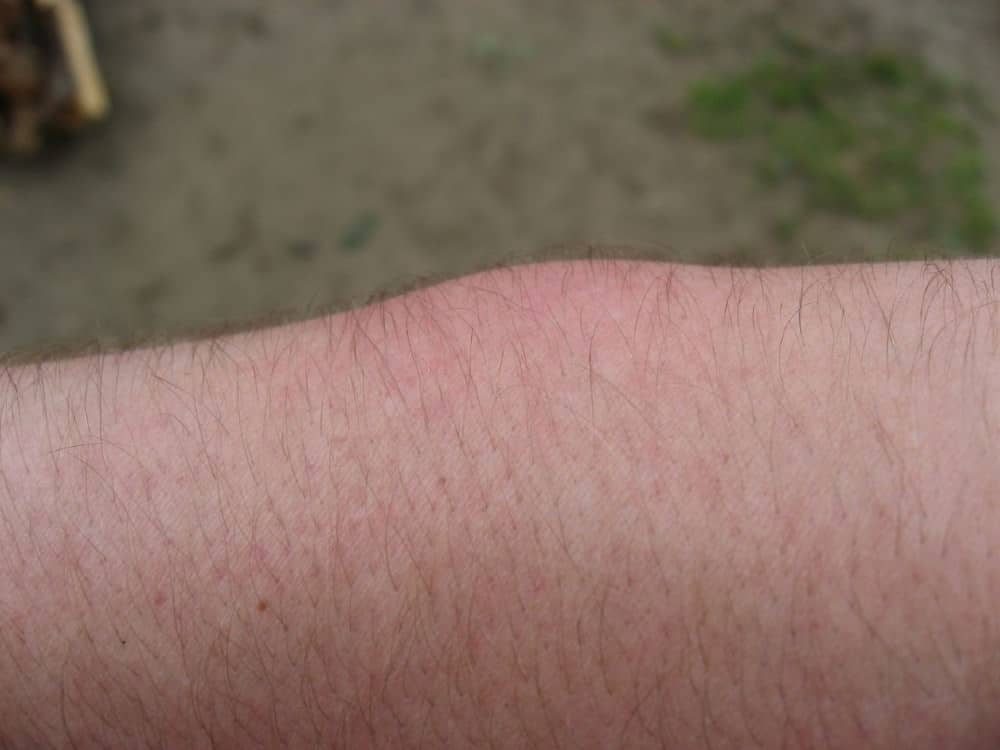How to Prevent and Avoid Mosquito Bites
With the summer comes mosquitoes, and with mosquitoes come itchy, annoying bites. Or does it really have to be like that? Outdoor activities are a must for many of us during the warm weather months, why should a small insect keep us indoors? Knowing how to avoid mosquito bites can save everyone from a world of pain and discomfort.
I’m going to share with you a few tips and tricks so you and your family can feel carefree and bite-free while doing what you love outdoors.
What Time of Day Do Mosquitoes Usually Bite?
There are more than 3,000 types of mosquito across the world, and in the United States alone we have over 176 species. Texas is home to many of these, with around 85 mosquito species, almost half of all the species in America, calling the state home.
Given the number of mosquitoes and mosquito species here in the U.S., it’s pretty likely that most of us are going to get bitten regularly. Not all of these mosquitoes keep the same schedule though. Some are very active during the day while others tend to come out at night.
Let’s take a closer look at daytime and night-time mosquitoes now. We’ll also go over some of the nasty ones and let you know which time schedule they prefer.
Crepuscular
Most of the potentially dangerous mosquitoes are crepuscular, meaning they are most active during daylight hours. The Aedes is one genus which prefers daylight hours
This species is the one which carries dangerous viruses, such as zika, chikungunya, and yellow fever. Of these mosquitoes, the best-known subspecies are the Asian tiger mosquito and the Aedes aegypti.
Aedes aegypti mosquitoes are common in the warm, humid parts of the U.S. This mosquito breed originated in Africa, but now you can find it anywhere in the world where there’s a tropical or subtropical climate. It has been found on all of the continents except Antarctica.
This mosquito species is most active during the day and these pests can become quite aggressive. If you want to avoid this disease-carrying mosquito, you should steer clear of mosquito havens during the morning and the hours around dusk.
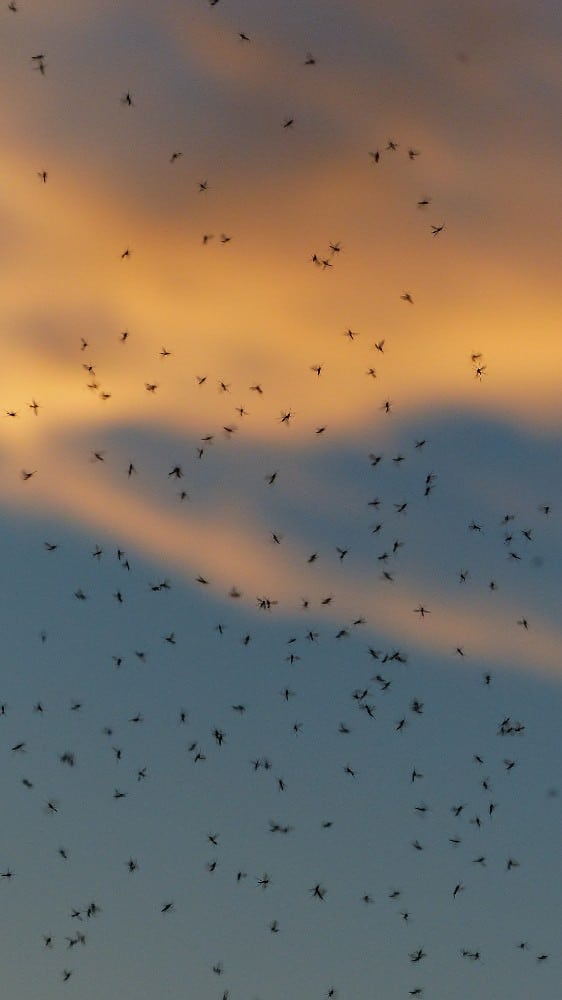
One good thing to know is that Aedes mosquitoes are easy to recognize. They have signature black and white spots or marks on their body and legs, somewhat like tiger markings.
Nocturnal
Nocturnal mosquitoes are most active during the night, preferring to rest and relax in daylight hours.
A very common mosquito across the U.S. is the Culex pipiens, also called the house mosquito. This species is known to be a carrier of both St. Louis encephalitis and the West Nile virus. Culex pipiens is mostly active during the night. It becomes especially aggressive during the first few hours after nightfall.
Interestingly, this mosquito used to only feed on birds but over the course of several years, it has expanded its menu to include other animals, as well as humans.
This Culex pipiens mosquito likes to spend winter around humans. It can be found in basements, outbuildings, and cellars, in fact anywhere with a warm temperature and isolated from the cold outside. This mosquito’s fondness for our homes is why it’s known as the house mosquito.
The Anopheles species is another common mosquito in the U.S. This is also one of the dangerous disease-carriers, best known for carrying malaria. Some subspecies of this mosquito genus can be very active during the day. Others are mostly active at night.
One of the most dangerous of the Anopheles mosquitoes is the Gambiae. This mosquito species is the primary carrier of malaria. They are most active around dusk and the first hours of the night.

Anopheles mosquitoes are easy to identify. They have quite distinctive palps (the appendage found near the mouth) this is usually longer than their proboscis.They have black and white block coloring on their wings. Unlike other mosquitoes, they rest with their abdomen sticking up in the air.
If you live in an area where mosquitoes thrive, it is best to stay protected whenever you go out during the early morning hours and around dusk. If you’re planning on going camping, or spending some time outside during the night, it’s best to use repellents to be on the safe side.
When Are Mosquitoes Least Active?
The middle of the day is the least favorite time for most mosquito species. The hot, midday sun is usually too much for the mosquitoes to handle, they can even become dehydrated and die.
During these hours, most mosquitoes will be hiding in the shady areas of your garden. They love dense bushes and foliage, along with shady trees and tall grass.
What Body Parts Do Mosquitoes Most Commonly Bite?
I think we’ve all been there; you cover yourself up in clothing and are liberal with the repellents, but mosquitoes still manage to find the one tiny spot of skin available to them. These blood-sucking insects seem like they will bite any part of you they can when they’re hungry, but is that really the case?
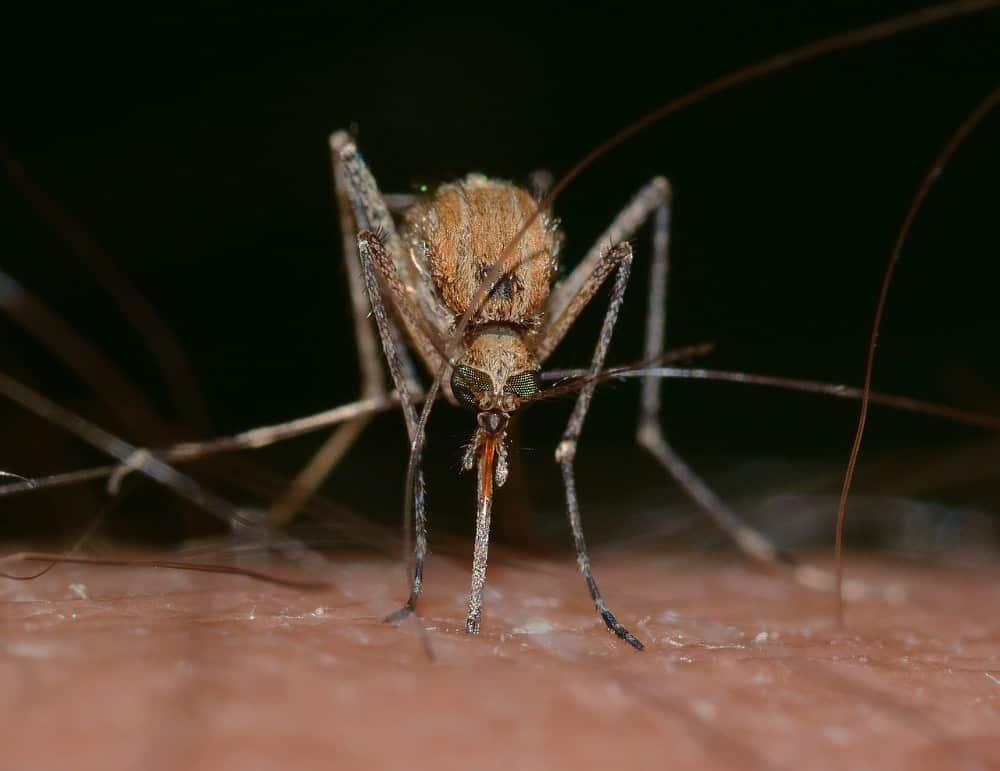
Mosquitoes do actually have favorite body parts or areas where they’re most likely to bite. Don’t worry too much, though, they don’t seek out the biggest veins in our limbs to tap into.
Mosquitoes are rather smart insects. Feeding on blood from a host is not the safest act for such a small creature to carry out. Over time, they have figured out how to get their food without risking their lives. They know which parts of the human body they should go after and where we are least likely to notice.
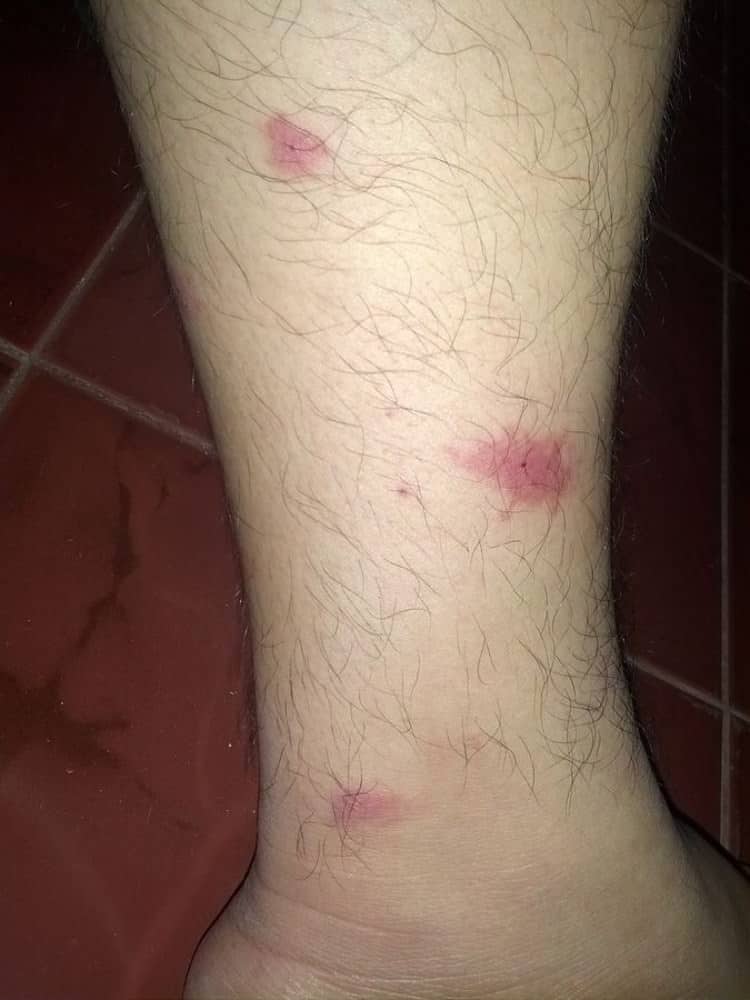
Maybe you have noticed that you often end up with mosquito bites around your ankles and feet? Mosquitoes prefer this place above all others. There’s easy access, and we don’t always notice until it’s too late.
Other places mosquitoes like is the hairline, behind the knees, and the back of our neck. These parts of our body all have one thing in common, we don’t notice the bites as quickly as we would in other places. Plus, these areas are places we might forget to put the repellent.
How Do Mosquitoes Find These Places?
One might wonder how the mosquitoes actually find our ankles or even specific places, like around the hairline. After all, mosquitoes aren’t known for their great eyesight. They do, however, have a perfect sense of smell.
The insects use this to find a potential feast. There are a few things which attract mosquitoes to humans; these include carbon dioxide, body odor, and heat.
Carbon dioxide
Humans exhale carbon dioxide (CO2), and the flying insects can smell CO2 from far away, drawing them to us.
The fact that mosquitoes are so attracted to the gas we exhale might make you wonder why we aren’t getting bitten in or around the mouth more often? This is where the mosquitoes prove they are smarts. They know it would be too dangerous to fly straight into our mouth.
Heat
Another thing which attracts mosquitoes in huge numbers is heat. The insects are cold-blooded, so they are naturally drawn to sources of warmth.
In fact, the temperature of your body will determine the number of mosquitoes that see you as their dinner buffet.
Body Odor
Once a mosquito has got you in its sights, it needs to find the perfect spot to land. This is where the mosquito’s fantastic sense of smell excels. There are millions of small microorganisms living on our bodies. These organisms break down sweat and at the same time emit odors, this is where our body odor comes from.
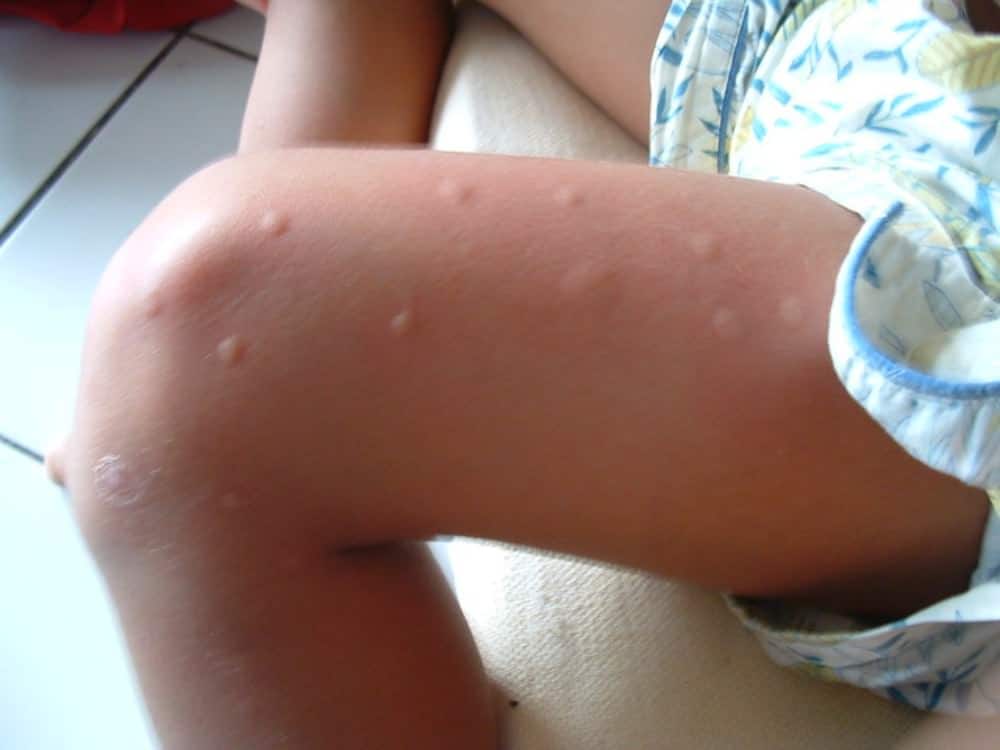
There are also different microorganisms gathered in different parts of our body. This means that there are varying smells in different areas. These odors, although potentially unpleasant to us, are a sweet fragrance to mosquitoes, and one that they find very appetizing. Mosquitoes can sniff out different areas of our body based on smell alone.
Our feet can be particularly smelly and often host many microorganisms. Because of that, mosquitoes are very attracted to this area. The Aedes aegypti, in particular, is a foot-loving pest. This genus is known for swarming around people’s feet and ankles whenever they get the chance.
How to Prevent Being Bitten by Mosquitoes
If you want to avoid the dreaded itch, the best thing to do is to prevent bites in the first place. But is it possible to avoid mosquito bites?
Mosquitoes are remarkably skilled when it comes to obtaining their meals, so completely avoiding bites is a tricky thing to achieve. There are a few steps you can take though. These include:
Use a Repellent
Repellents are an excellent method of preventing mosquito bites. They work by keep mosquitoes away, rather than killing them. The key ingredient that mosquitoes hate in many repellents is DEET (N, N-Diethyl-meta-toluamide).
DEET can repel not only mosquitoes but also other flying pests, as well as ticks. It works by “numbing” the mosquitoes’ senses so that they can’t find you.
DEET is a strong repellent, which generally comes in the form of a diluted, yellow oil that is rubbed or sprayed on the skin.
You can buy different concentrations, depending on how long you need protection for. Anything between 10 and 30 percent is considered safe and should provide you with a couple of hours bug-free. It is not safe to be used on children, though.
Some people prefer natural ingredients over chemicals and there are a few useful essential oils that will repel mosquitoes.
Oil of lemon eucalyptus works just as well as DEET and it’s safe for children from three years old. Lemongrass, citronella, and lavender are also good choices for preventing mosquito bites. Mosquitoes hate the scent of essential oils, although you must remember to reapply them often.
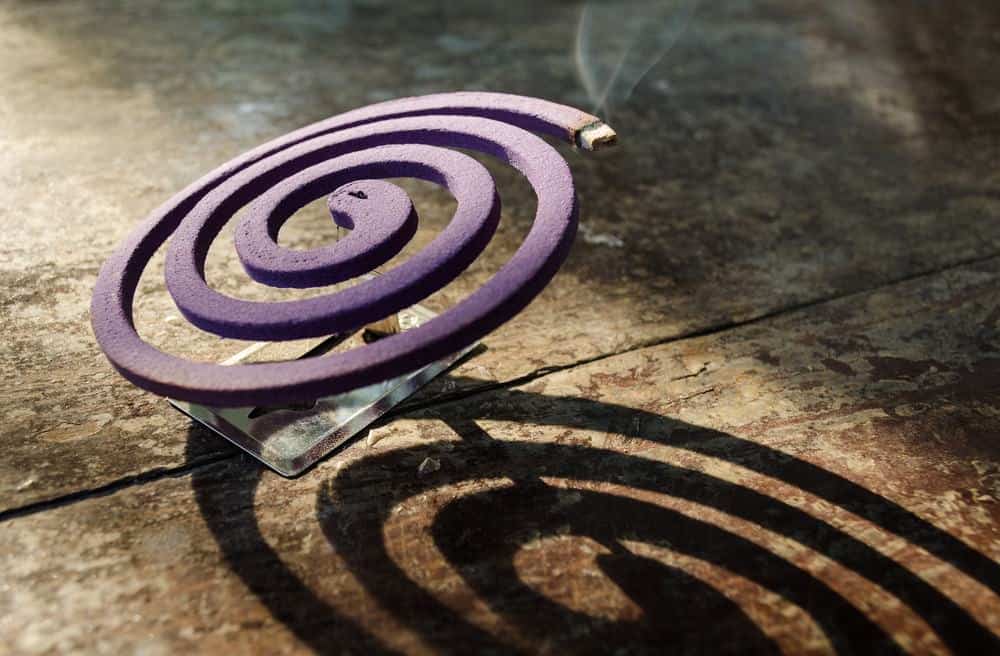
Avoid Peak Hours
As I mentioned above, mosquitoes are most active during the early hours of morning and around dusk. If you can, try to avoid being out and about at these times if you’re particularly concerned about mosquitoes.
For many of us, we can’t avoid doing things outside at these times of day. If that’s the case for you too, use a repellent and wear suitable clothing.
If you’re planning a BBQ or a party in the yard around dusk, remember that mosquitoes will take advantage of outdoor diners, they provide an easy meal. I recommend lighting a few repellent candles and placing them on the table, these can keep a few extra mosquitoes at bay.
Invest in a Fogger
Having a mosquito fogger is the best way to prevent mosquito bites in your yard. There are several good foggers available on the market at affordable prices.
Foggers use an insecticide or pesticide concentration which either gets heated or chilled into a fine mist or fog. You can use most foggers 30 minutes before you want to spend time in the garden and they will provide you with around six hours of protection.
Wear Reasonable Clothing
If you’re going on a hike or to a place where you know there will be lots of mosquitoes, wearing shorts and a t-shirt may not be the wisest choice.
Instead, wear protective clothing. Long pants and a shirt, boots, and maybe even a small scarf wrapped tightly around your neck to keep your neck and hairline covered. These are areas mosquitoes love.
Some people who go into areas densely populated with mosquitoes choose to wear a special hat with protective netting covering their face and neck. Many forms of mosquito netting are available, and can be great protection against being bitten.
Because of their piercing proboscis, mosquitoes can still feed from us through our clothing. Woven nylons or polyester fabrics are the best choices when it comes to anti-mosquito clothing.
While you may not be able to fully avoid being bitten by mosquitoes, you can certainly take steps to prevent it. Taking the right precautions before going out in a mosquito-infested zone is the best way to avoid mosquito bites.

